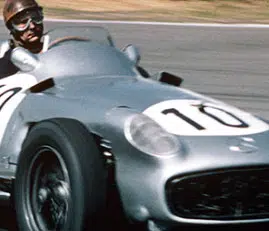Sao Paulo, February 4th
Two weeks after the Grand Prix season opened at Buenos Aires, the Formula One teams moved north to the spectacular 4.946-mile Interlagos circuit at Sao Paulo to where the Brazilian Grand Prix returned this year after being held at Rio-de-Janeiro for the first time in 1978. For the motor racing enthusiast there is no comparison between the two circuits, for while the Rio track is a tight, flat and boring little facility, Interlagos is spectacular, demanding on both car and driver, with plenty of very fast and slow comers wound into its length. Since Formula One cars last raced there in 1977 there has been an effort to resurface some of the more “troublesome” corners, but the ravages of the weather have taken their toll and the general consensus of opinion this year suggested that Interlagos was bumpier than ever before.
Whilst the hard-working mechanics toiled away unpacking and preparing their charges which had been flown up from Argentina, there was drama and argument going on away from the race circuit. Following the first corner accident in the Argentine Grand Prix, the stewards of that race had convened an inquiry and M. Jean-Marie Balestre (President of the Federation Mondiale du Sport Automobile, the new title assumed by the CSI at the start of 1979), made it quite plain that disciplinary action would be taken if a driver was found to be responsible for the accident. Eventually an inquiry was held on the Wednesday prior to the Brazilian race in Sao Paulo, the whole tenor of the proceedings taking on a distinctly unhelpful air when nobody from McLaren Racing was invited along. It was clear that the inquiry was examining John Watson’s role in the affair and, whilst they were not obliged to ask any representative of his team along to the inquiry (or even take evidence from Watson himself) according to the international rules, because they were only considering imposing a fine and not a suspension or disqualification, it would have been helpful to FMSA/FOCA relations if they had done so. Eventually they came to the conclusion that Watson was to blame for the accident, having run round the outside of Scheckter’s Ferrari and then collided with the Italian car as he attempted to cut back into line. A fine of 10,000 Swiss francs was imposed on the Belfast driver and it was made clear that if he didn’t pay within 48 hours (again, sticking religiously to the rule book) then he would not be permitted to start the Brazilian race. What followed next was a massive “who runs motor racing” row, a thin veil of politeness masking some pretty strong feelings on each side of the argument. What does seem clear is that, in his haste to put the motor racing world to right, M. Balestre has acted in a provocative and rather uncompromising manner; just the sort of way to provoke stern reaction from the part-time “small print” men within FOCA’s ranks, who were “running” the race in the absence of a sponsor just as they did at Hockenheim last year. All through the weekend there was an underlying feeling of discord and annoyance, but this fortunately evaporated into the background once 26 racing engines were fired up for an afternoon of unofficial testing on the Thursday prior to the race.





